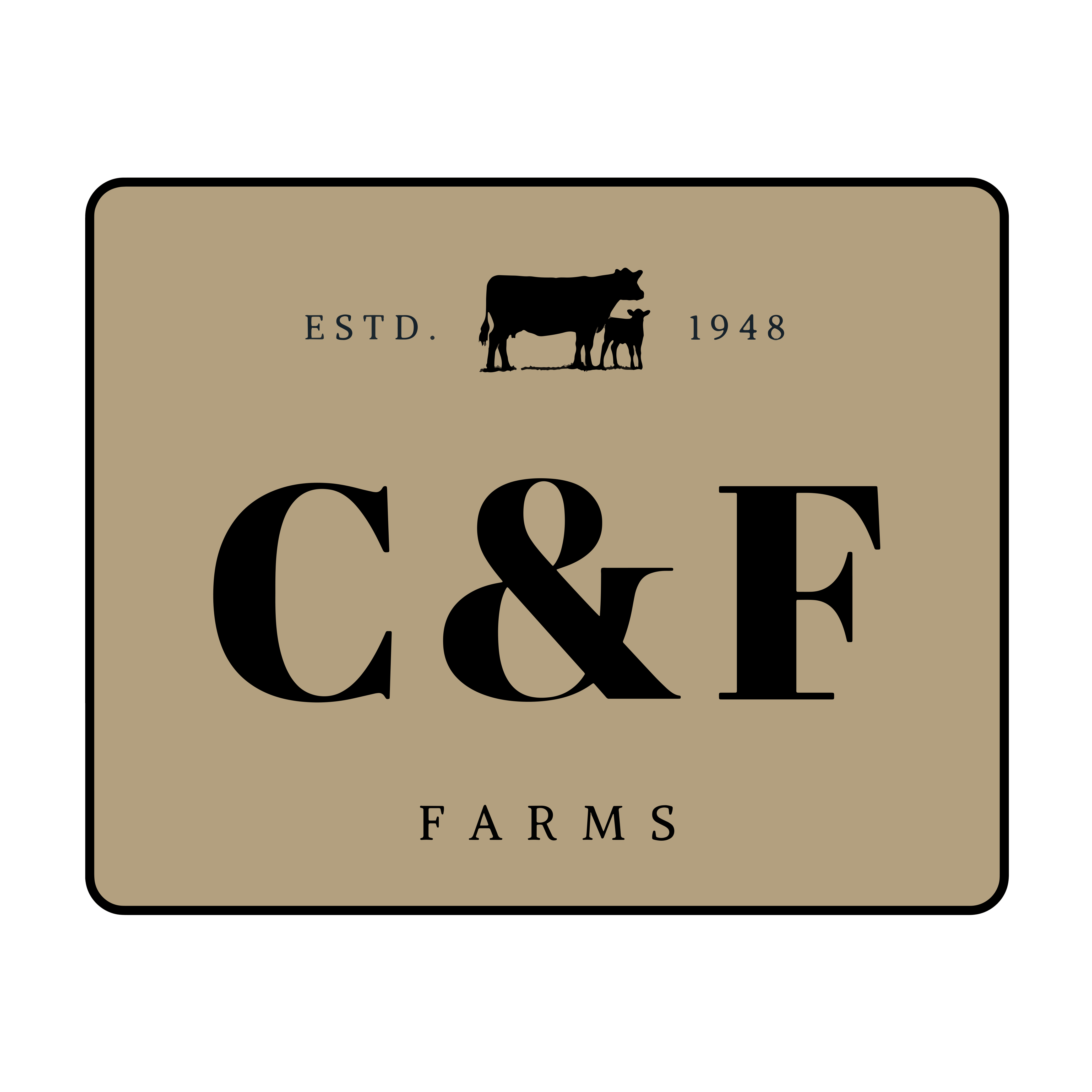Our Cattle Mineral Program
posted on
November 14, 2023
Our Cattle Mineral Program
We recently hosted a large tour group that consisted in part of an animal science class from the local community college.
It was so cool to get to talk to them and hear their eagerness for agriculture, and they asked great questions!
One thing that came up that I don’t recall really discussing here before was what, if any, kinds of minerals or supplements we provide to our cattle.
To start with, you guys know we are a grass-finishing farm, so we don’t provide any type of grain or outside nutritional supplement other than hay during the winter!
Now that may raise the question for you as to why we would provide any type of mineral or other ingestible item if we’re strictly grass and hay.
And it’s for the same reason that many folks take a multi-vitamin!
Cows bodies are different from ours, so their nutrient requirements are obviously very different from ours, but the basic concepts are the same.
When you aren’t eating your fruits and veggies, or getting enough iron or other essential element that your body needs you either begin to feel depleted or you take a multi-vitamin to supplement that nutritional need.
Throughout the year, the nutrient density and quality of the forage our cows eat changes based on a number of ever changing factors…weather being the main one!
If we’re in a drought, much like we have been this summer, the quality of the forage drops drastically, meaning there’s not nearly as many vitamins and minerals in the grass. Also, as the seasons change the type of forage that becomes dominant in the pasture changes, and each has their own nutrient factors for the cattle.
And the last big one is winter. Once we’re done grazing and have moved onto feeding hay….while hay is a great stored feed source for the cows and is how we’re able to get through the winter, the nutrients in hay are far less than that in fresh grass!
Of course, the cows can’t order a multi-vitamin off Amazon, so they rely on us to help supplement them with their nutrient deficiencies!
So, what do we use?
Our primary mineral base is called Redmond 10 Fine Premium Mineral Salt. This mineral salt harvested from an ancient sea bed has an amazing balance of minerals along with the salt that cows love. We use this all of the time, it is out where the cows can access it and utilize it as necessary.
As we monitor the herd and their condition, we try to add things as necessary to make sure they’re able to maintain their optimal health condition. Some of the other additives we’ll add from time to time are:
- Dried sea kelp, which is an additional source of vitamins and minerals – specifically it helps to improve their digestive functions, their immune system, and their reproductivity. Depending on forage quality, this is something added in late spring to help as we move into breeding season.
- In early spring, when the grass is growing rapidly and flushing out really fast, this causes the grass to be low in magnesium levels. As the cattle graze this lush – low magnesium forage, it results in low concentrations of magnesium in the blood causing a disorder known as grass tetany. This will result in staggering, convulsions, twitching, and can cause death in cattle! For that reason, in the spring we will mix in some additional magnesium into the mineral mix to make sure we’re keeping the herd from getting the staggers!
- We have tried many things over the years, from adding sulfur to combat fleas and garlic to combat flies! Some of these we will still use from time to time but they aren’t consistently used.



